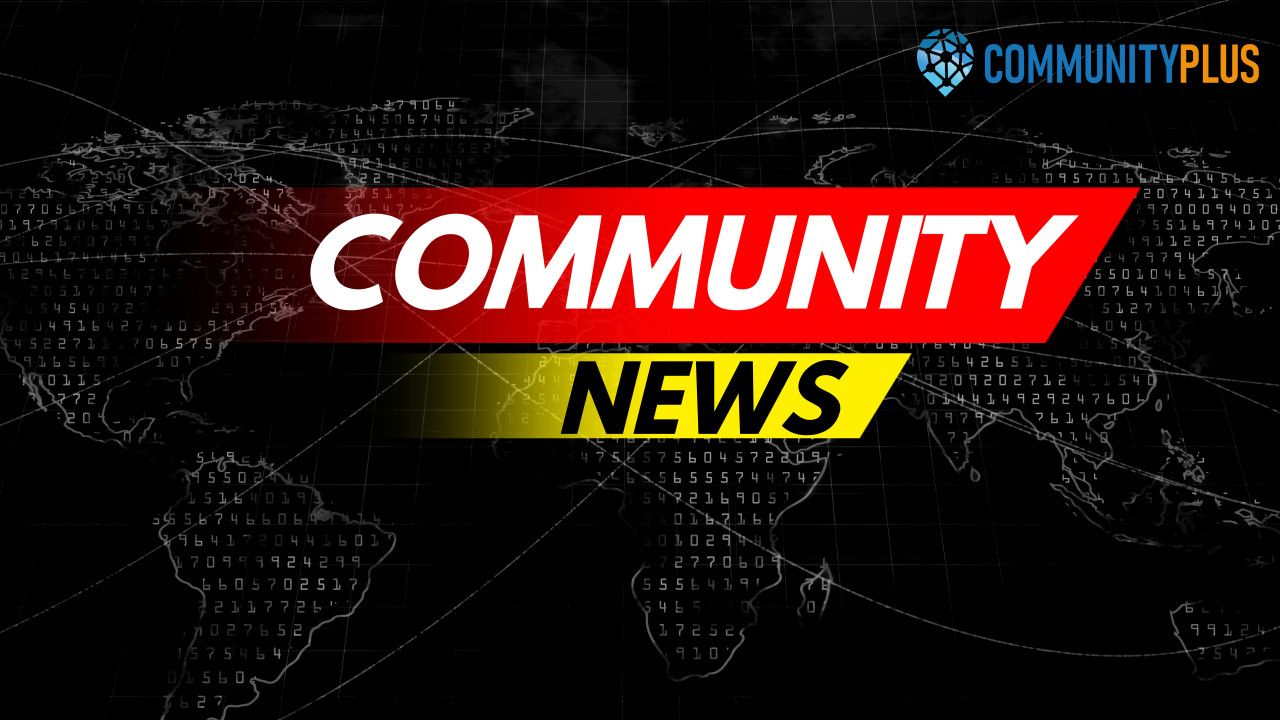

Published on: 11/18/2024
This news was posted by Oregon Today News
Description

Heavy rain and possible flooding are on the way this week.
The National Weather Service has issued a hydrologic outlook for much of Northwest Oregon and Southwest Washington. Forecasters say a “bomb cyclone” off the West Coast is being fueled by an “atmospheric river.”
What that means, for now, is that beginning Tuesday night, cities including Portland, Salem and Eugene could see between 1 and 3.5 inches of rainfall.
It will be a wet week ahead. Of particular concern is an atmospheric river bringing heavy rain and high snow levels mid-week. Stay tuned to https://t.co/3SFImIxo7o and https://t.co/kcXc8fOTBd for the latest weather and river forecasts. #orwx #wawx #pdxtst pic.twitter.com/DWsVcKxV4C
— NWS Portland (@NWSPortland) November 16, 2024
The effect of the two weather systems beyond Wednesday is not as clear, but rainfall is expected to last through Friday morning.
Adam Batz is a meteorologist with the National Weather Service. He said people should prepare for possible ponding and urban flooding, especially on low-lying roadways.
“Being aware and being careful, we don’t want hydroplaning or anything like that,” said Batz. “So, if you see water on the roadways it’s generally good to slow down a little bit.”
Batz said people should avoid driving through floodwaters that appear deeper than just ponding.
“Always remember to turn around, don’t drown,” said Batz. “You never know what’s underneath or below that water.”
Here are some more tips from the NWS for being prepared before, during and after flooding occurs:
Make sure you have the right supplies
Gather non-perishable food items, cleaning supplies and water for several days. Remember to take account of how many people are in your household. Store important documents in a waterproof container. It’s also a good idea to create password-protected digital copies. Buy a fire extinguisher and make sure everyone knows how to use it. Keep a first aid kit and extra batteries on hand.
Maintain your vehicle’s fluid levels and optimum tire conditions, carry chains and carry an emergency kit with food, water, extra warm clothes and a flashlight.
Make an evacuation plan
Plan and practice an evacuation route with your family. Have a solid emergency evacuation and communication plan. Prepare a list of emergency phone numbers.
Disaster 101: What do you need in your emergency kit?
If you’re caught in the storm
Look for higher ground. Avoid walking in floodwaters. Follow any evacuation orders promptly. Disconnect utilities and appliances if possible. Avoid basements and lower areas of buildings.
When driving, maintain a safe distance. Slow down, turn on your headlights and avoid flooded areas. Remember that it you’re driving in the Cascade Passes, heavy rain can quickly turn into heavy snow.
Secure your property
Move valuables, vehicles and pets to higher ground. Anchor and secure fuel containers. Elevate and anchor critical utilities like electrical panels, propane tanks and appliances. Waterproof the basement if possible. Install a water alarm and maintain a working sump pump.
Stay informed
Monitor the local news and weather reports. Sign up for emergency alerts. Be alert for signs of flooding, like extreme rainfall, thunderstorms or approaching thunder.
What is a bomb cyclone?
When forecasters talk about an approaching bomb cyclone, it’s essentially an atmospheric measurement and not quite as dangerous as it sounds. If pressure at the center of the storm drops fast enough – roughly 24 millibars over 24 hours – then the storm can be called a bomb cyclone. The storm becomes an actual cyclone once winds exceed 74 miles per hour.
Cyclones, hurricanes and typhoons are essentially the same thing. But their names differ, based on where in the world they happen. In the Pacific Northwest it’s called a cyclone. In Florida, it’s called a hurricane.
What kind of weather does a bomb cyclone deliver to the Pacific Northwest?
A bomb cyclone developing off the West Coast is likely to usher in strong, long-duration rain that can result in flooding, high winds and the accumulation of several feet of snow in the mountains.
What is an atmospheric river?
Forecasters can usually give a week’s warning about an atmospheric river. It’s a long, narrow region of the atmosphere that carries large amounts of water. Atmospheric rivers can vary in size and strength. In the Pacific Northwest, they tend to happen in the lower atmosphere and they deliver water from the tropics, so they’re usually associated with warmer temperatures. Forecasters have been known to also call them “Pineapple Express” systems because they arrive from the direction of Hawaii.
When atmospheric rivers reach land, they release water vapor as rain or snow, which can cause flooding. But the water they bring is also critical for plant and animal life, agriculture and drinking water.
The majority of scientists agree the world is warming, which is likely to increase the frequency and severity of atmospheric rivers that reach land on the West Coast.
Keep in mind
If you’ve evacuated due to a flood and can’t return home within 24 to 48 hours, assume there’s been some amount of mold growth. When it’s safe to return, completely dry everything, clean up mold, and make sure there are no underlying moisture problems.
News Source : https://www.opb.org/article/2024/11/18/bomb-cyclone-atmospheric-river-rain-pacific-northwest/
Other Related News
11/18/2024
Oregonians who switched from gas-powered vehicles to electric have helped the state reach ...
11/18/2024
In 1989 Pooneh Grays mother was gunned down outside of her Vancouver apartment Her father ...
11/18/2024
Cheryl Hollins her stepson and uncle visit the Southeast Portland burial site to deliver f...
11/18/2024
The Portland Trail Blazers have won three consecutive games with guard Shaedon Sharpe lead...
11/18/2024










